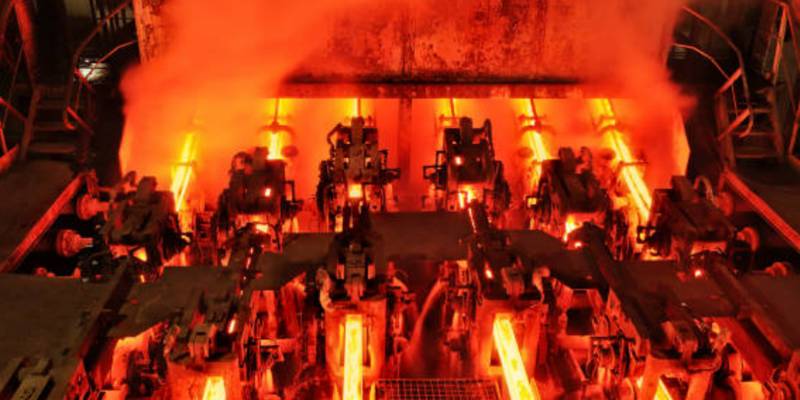- August 5, 2022
The heat treatment of metals dates back thousands of years. The discovery of heat treatment processes undoubtedly helped set off a significant period of technological advancement. Moreover, several machining and metallurgical processes now use cutting-edge technologies to produce more precise and high-quality parts, thanks to this procedure.
You will find that there are various heat treatment methods applied in many industries today. These heat treatment processes help alter metal’s physical and sometimes chemical properties for different purposes.
Here, we will examine all you need to know about heat treatment processes, their benefits, and the heat treatment types for steel.
What Is Heat Treatment?
To a large extent, heat treatment is one of the most vital components of the metal manufacturing process. It comprises a group of thermal and metalworking techniques that alter metal properties.
Precisely, heat treatment changes metals’ physical, mechanical, and sometimes chemical properties through heating and cooling. Such properties include ductility, hardness, temperature resistance, formability, machinability, strength, etc.
Heat treatment methods vary depending on the type of metal material and the specific properties required. It is important for manufacturers to know the suitable heat treatment method to meet their specific needs.
Which Metals Are Available for Heat Treating?
Notably, you must examine each material to select the correct heat treatment method to yield the required properties. This is because not all metal materials are suitable for all heat treatment types.
You’ll find that ferrous metals account for the majority of heat-treated materials. So, different steel grades constitute about 80% of heat-treated metals. Even so, some non-ferrous materials are also suitable for heat treatment.
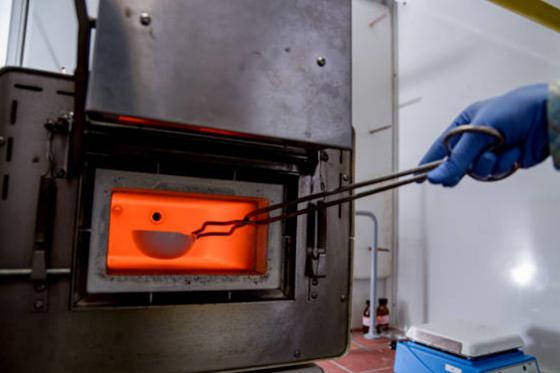
As such, metal alloys such as copper, aluminum, nickel, brass, magnesium, and titanium get heat treated. Below are some of the metals available for heat treatment and the suitable heat treatment types:
1. Cast Iron, Carbon Steel, Martensitic Stainless Steel, and Tool Steel
Heat treatment methods – Hardening, Annealing, Normalizing, Stress Relieving, Case Hardening, Nitriding, and Tempering.
2. Copper and Copper Alloys
Heat treatment methods – Annealing, Ageing, and Quenching.
3. Aluminum
Heat treatment methods – Annealing, Solution heat treatment, Natural and Artificial Ageing.
Stages of Metal Heat Treatment
Generally, there are five basic heat treatment methods for metals. These processes are hardening, case hardening, normalizing, annealing, and tempering. You’ll discover that each process brings about different metal properties.
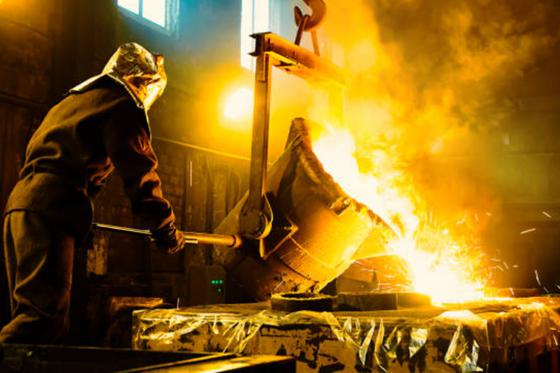
Regardless, note that there are three primary stages in the heat treatment of metals. These stages are heating, soaking, and cooling. Take a look at each step below:
1. The Heating Stage
This is the first step in every heat treatment process for metals. Many alloys undergo structural changes when heated to a specific temperature up to 1200°C, depending on the metal grade. Additionally, the structure of alloys at room temperature occurs as either a mechanical mixture, solid solution or a combination of both forms.
Thus, it would help if you always took extra care during this stage. And this is because one wrong move during heating can result in a cracked or misshaped metal. Hence, your primary aim is to ensure that the metal heats evenly during the heating stage. More so, several factors come into play when determining the applicable heating rate. Check them below:
- The size and cross-section of the metal.
- The condition of the metal.
- The heat conductivity of the metal material.
2. The Soaking Stage
This stage keeps your heated metal part at the temperature where the desired changes in the metal structure will occur. Moreover, the metal must remain at that temperature until the entire piece has been uniformly heated.
The soaking period also called holding time, refers to how long you keep the metal at the appropriate temperature. You can determine holding time through chemical analysis, mass, and thickness of the metal—generally, the more the metal’s mass, the more prolonged the soaking. Yet, the soaking time varies depending on the metal material, but it usually takes 2 hours.
3. The Cooling Stage
After soaking your metal, the next step is to cool it. The main goal of the cooling stage is to reduce the temperature of the metal back to room temperature. But then, the cooling stage determines the resultant properties of your treated metal.
Here again, at this stage, the metal may change from one composition to another, stay the same, or revert to its original form. Note that this depends on your metal type, cooling rate, and the cooling medium. As a result, the cooling stage remains crucial to conform specific structures and properties to your metal.
Factors Affecting the Heat Treatment Process of Metals
Different factors affect the heat treatment process of metals. Check these factors below:
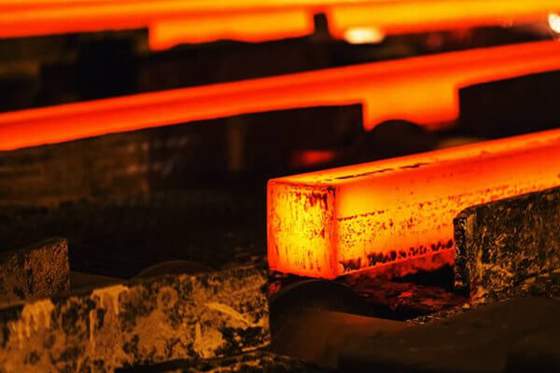
1. Effect of Time and Temperature
Perhaps time and temperature are the most significant factors affecting the heat treatment of metals. More intrudingly, they come into play at the heating, soaking, and cooling stages in the heat treatment of metals.
Moreover, studies have shown that time and temperature play a pivotal role in the changes in mechanical properties and microstructure during heat treatment. For instance, increasing the cooling rate of steel (quenching) by 1000°C per minute generates a new microstructure, martensite.
2. Amount of Deformation
In most cases, different heat treatment processes result in diverse parts deformation and changes considering their dimensions. Aside from this, the amount of deformation links to the following:
- The structure of the metal material before the heat treatment.
- The heat treatment method, placement in the furnace.
- The stress distribution.
Thus, the amount of deformation affects the heat treatment process of metals.
3. Effect of Composition
Alloying elements also influence the heat-treatment of metals. This is because they tend to delay the diffusion of atoms through the iron lattices, thus delaying allotropic transformations.
Besides, alloying elements such as manganese, molybdenum, nickel, and boron increase hardness. Similarly, these elements also allow tempering at higher temperatures to produce better ductility. Hence, the metal composition affects the heat treatment process.
Types of Heat Treatment for Steel
There are four basic types of heat treatment steel undergoes in industrial processing. Take a look at them below:
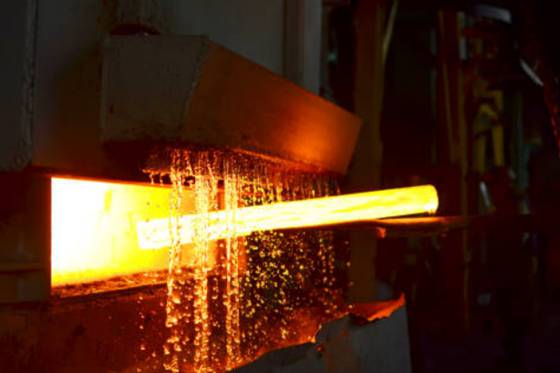
1. Hardening
This heat treatment type improves the hardness and strength of steel by increasing the resistance of the lattice structure. Hardening involves heating the metal to the required temperature between 800 – 900°C and then cooling it rapidly. The steel grade is usually cooled by plunging the hot metal into a quenching medium like oil, water, or brine.
But for steel grade with high content of alloying elements, the required heating temperatures range from 980 to 1110°C. Most steel materials need rapid cooling, as the cooling stage impacts the level of hardness.
But then, you will find that there are no plusses to hardening. This is because while hardening increases in the heat treatment of steel, ductility decreases simultaneously. Thus, this makes the steel material more brittle.
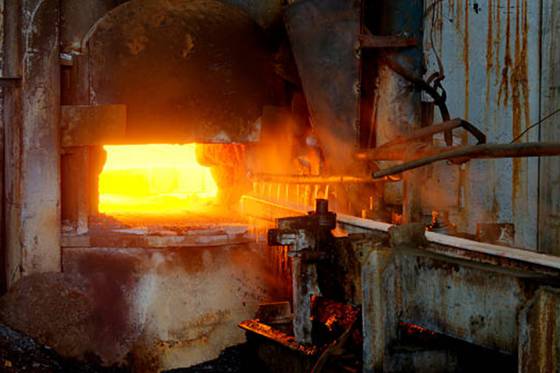
2. Tempering
You’ll often find that steel is more rigid than necessary and too brittle for the manufacturing processes after hardening. This is due to the severe internal stress formed during the rapid cooling in the heat treatment of steel. Thus, tempering relieves internal stress and reduces the brittleness of steel after hardening.
This heat treatment involves heating the steel to the required temperature between 125 – 700°C and then allowing the metal to cool in still air. Hence, the tempering temperature used in the heat treatment of steel is always lesser than the hardening temperatures. Also, the cooling rate usually has no effect on the metal structure during tempering. Thus, the higher the tempering temperature employed, the softer the steel becomes. Even so, high-speed steel remains an exception, as it becomes harder rather than softer after tempering.
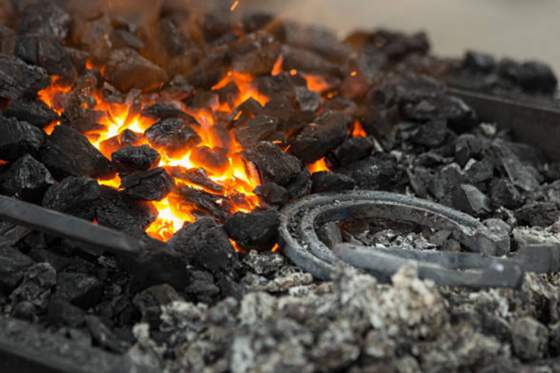
3. Annealing
Annealing is most suitable for low carbon steel due to its low strength and softness. This heat treatment method provides metal properties opposing that of hardening. Thus, metal annealing helps relieve internal stress, increase flexibility, soften the metal, and refine its grain structures.
Further, annealing of steel comprises three main steps, which are:
- Heating the steel material to the required temperature ranging from 260 – 760°C depending on the steel grade.
- Holding the steel grade to maintain the temperature for the required time.
- Then cool it back to room temperature slowly.
Even so, the rate of cooling from the annealing temperature varies depending on the metal. Hence, in contrast to hardening, annealing involves cooling steel slowly to produce softness.
The metal piece is slowly cooled by burying the hot steel part in ashes, sand, or other materials that do not readily conduct heat in a process known as packing. Likewise, cooling from the annealing temperature gets done by shutting off the furnace and allowing the furnace and steel part to cool together in a process known as furnace cooling.
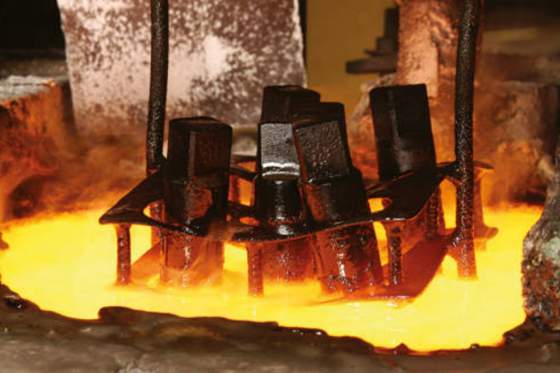
4. Normalizing
Normalizing removes the internal stress from ferrous metals produced by various methods. They include heat treatment, machining, welding, forging, casting, or forming. Even so, normalized steels are harder and stronger than annealed steel. As a result, normalizing is usually performed for steel parts subjected to impact. Further, this heat treatment method is also used for parts that need maximum toughness and resistance to external stress.
Steel normalizing involves the following:
- Heating the steel material to a specific temperature between 810 – 930°C depending on the steel grade.
- Soaking the metal for uniform heating.
- Then cooling it in still air.
- Keep in mind that normalizing in the heat treatment of steel uses temperatures higher than the hardening and annealing process.
Benefits of Heat Treatment for Metals
The heat treatment of metal materials helps alter their properties, making them applicable in various metal manufacturing processes. Below are some of the benefits of heat-treating metals:
- It increases hardness either on the surface or through the part.
- Heat treatment makes metals more flexible and machinable.
- It helps improve the wear resistance and brittleness of metals.
- Heat treating metals can improve the metal’s electrical and magnetic properties. This increases their compatibility with other materials.
Conclusion
Heat treatment processes have become a staple in several manufacturing processes. Before the heat treatment of metals, manufacturers must settle on a suitable metal. More so, this involves assessing the various properties with project needs. After considering all factors, quality metal heat treating service becomes essential.
At WayKen, our experts can take care of all your metal heat treating and metal surface finishing services. We are confident that you can get desirable mechanical structures of machined parts and increase the hardness, power, and physical shape of machined parts as you need. Upload your CAD file and get a free quote today!
FAQs
What metals are suitable for heat treatment?
Generally, both ferrous and non-ferrous metals are suitable for heat treatment. But then, different steel grades account for the majority of heat-treated metals.
What is the difference between annealing and normalizing?
Foremost, normalizing applies to only ferrous metals like steel. Additionally, normalizing uses a higher temperature and air-cooling after removing the metal from the furnace. Annealing uses a lower temperature and cooling either by packing or furnace cooling.
Can you heat treat stainless steel?
Austenitic stainless steel is difficult to heat-treat due to its high nickel content.
Yet, martensitic stainless steel gets hardened using quenching and austenitizing. Austenitizing temperatures range from 980 to 1110°C.

